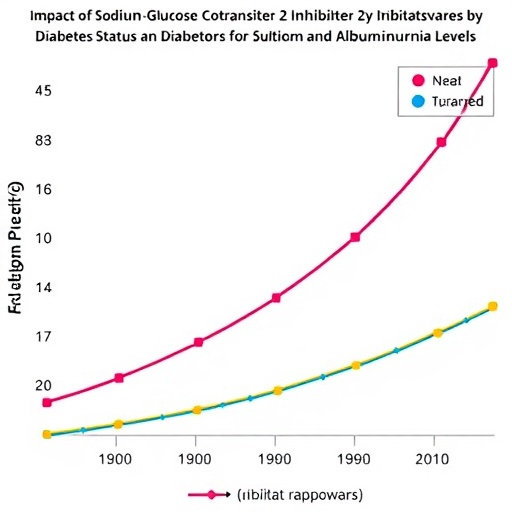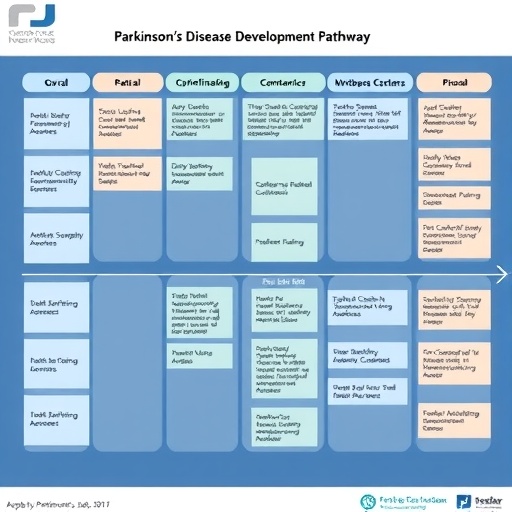Lipid nanoparticles (LNPs) have emerged as a groundbreaking platform for therapeutic and diagnostic applications, particularly in the realm of RNA delivery. Despite their promise, a significant challenge remains: the tendency of these nanoparticles to accumulate in hepatocytes and antigen-presenting cells. This characteristic has so far restricted their use primarily to therapeutic vaccines and the treatment of liver-associated diseases. A recent review meticulously addresses these challenges and explores innovative techniques for tracking and improving the in vivo behavior of RNA-loaded LNPs (RNA-LNPs). Researchers are not only seeking to comprehend the mechanics of these particles but also to tailor their designs for more targeted delivery.
One of the key advancements in enhancing the versatility of RNA-LNPs is through sophisticated innovations in LNP chemistry and bioengineering. By employing a wide array of chemical modifications, scientists can manipulate the physicochemical properties of LNPs, thereby influencing their biodistribution and cellular uptake. For instance, alterations to the lipids’ composition can impact the surface charge and hydrophobicity, which in turn affects how well the nanoparticles associate with the cells. Such targeted modifications maximize the potential of RNA-LNPs to reach specific tissues and cells beyond the liver, paving the way for a broader range of applications.
Furthermore, the integration of synthetic biology into LNP design has opened new avenues for enhancing the therapeutic targets of RNA-LNPs. Researchers are exploring the use of synthetic biology principles to engineer the mRNA cargo itself, incorporating elements such as microRNA target sites. This bioengineering not only facilitates precise control over the expression of the encoded protein but also increases the likelihood of uptake by the desired cell types. By integrating such elements, scientists can craft RNA-LNPs that are not merely carriers but rather highly efficient delivery systems.
The review goes on to discuss the encoded protein’s modifications, which can also play a critical role in determining the fate of the RNA-LNPs within the body. By manipulating parameters like stability and subcellular localization, researchers can effectively control how the delivered mRNA is expressed and maintained in the target cells. The implications of these discoveries are far-reaching, as they could lead to groundbreaking advancements in gene therapy and other biomedical applications.
Clinical translation of RNA-LNPs remains a significant focus for researchers. Techniques to monitor the behavior of RNA-LNPs are crucial for understanding their pharmacokinetics and dynamics in vivo. Advanced imaging techniques are being employed to track these nanoparticles at various stages, enabling scientists to visualize their interaction with cellular environments and to assess their biodistribution in real-time. This observational data is invaluable as it provides insights necessary for optimization.
The push for improved targeting strategies is not limited to altering the chemical makeup of LNPs. Researchers are continually investigating methods that enhance cellular uptake through receptor-targeted designs. LNPs can be conjugated with ligands that specifically engage target cell receptors, enhancing internalization rates and reducing off-target effects. This level of precision is pivotal for improving therapeutic outcomes and minimizing potential side effects.
In the context of RNA therapies, the formulation of RNA-LNPs with optimal stability is another area of intense research. Ensuring that the RNA payload remains intact during transport through the bloodstream is vital for achieving efficacy. Various strategies, including the employment of stabilizing agents or encapsulation techniques, are being scrutinized. These advancements are critical as they contribute to the overall reliability of mRNA vaccines and therapies in a clinical setting.
Additionally, the review emphasizes the potential applications of RNA-LNP technology beyond vaccines and liver disease treatment. By refining delivery mechanisms and broadening tissue targeting, researchers envision a future where RNA-LNPs could address a myriad of conditions, including cancers and genetic disorders. This expanded horizon underlines the necessity for ongoing research to unlock the full therapeutic potential of this promising technology.
The potential of LNPs as drug delivery systems can significantly impact the field of personalized medicine. The ability to tailor RNA-LNPs for individual patient profiles opens the door for bespoke treatments that align with specific genetic backgrounds or unique disease characteristics. This personalization in therapy not only enhances efficacy but also optimizes safety and minimizes adverse effects, a critical consideration in modern medicine.
In summary, the landscape of RNA-LNP technology is rapidly evolving, with ongoing innovations indicating a promising future. The ability to manipulate the chemical properties, enhance targeting strategies, and utilize synthetic biology principles positions RNA-LNPs at the forefront of therapeutic development. As researchers streamline these approaches, the successful clinical translation of RNA-LNPs appears increasingly attainable. The implications for patient care could be transformative, ushering in an era of advanced RNA therapies that are both effective and safe.
In conclusion, the advances in the understanding and manipulation of RNA-LNPs hold great promise for revolutionizing the treatment landscape. By effectively managing issues related to bioavailability, cellular targeting, and payload stability, there is the potential for these nanoparticles to not only fulfill their initial applications in vaccines and liver treatments but also to expand into broader medical fields. As we venture further into this exciting domain, it is evident that the future of RNA-LNP technology is bright and full of possibilities that could redefine medical therapeutics.
Subject of Research: Lipid nanoparticles in RNA delivery.
Article Title: Targeting and tracking mRNA lipid nanoparticles at the particle, transcript and protein level.
Article References:
Kang, D.D., Marks, A., Morla-Folch, J. et al. Targeting and tracking mRNA lipid nanoparticles at the particle, transcript and protein level.
Nat. Biomed. Eng (2025). https://doi.org/10.1038/s41551-025-01511-8
Image Credits: AI Generated
DOI: 10.1038/s41551-025-01511-8
Keywords: RNA-LNPs, lipid nanoparticles, drug delivery, synthetic biology, therapeutic applications.
Tags: challenges in RNA-LNP biodistributionenhancing RNA-LNP efficacyexpanding applications of RNA-LNPshepatocyte targeting in drug deliveryinnovations in LNP bioengineeringlipid nanoparticle technologymodifications in LNP chemistrymRNA delivery systemsnanoparticle surface charge and hydrophobicitytargeted delivery of RNA therapiestherapeutic applications of LNPstracking RNA-loaded nanoparticles




